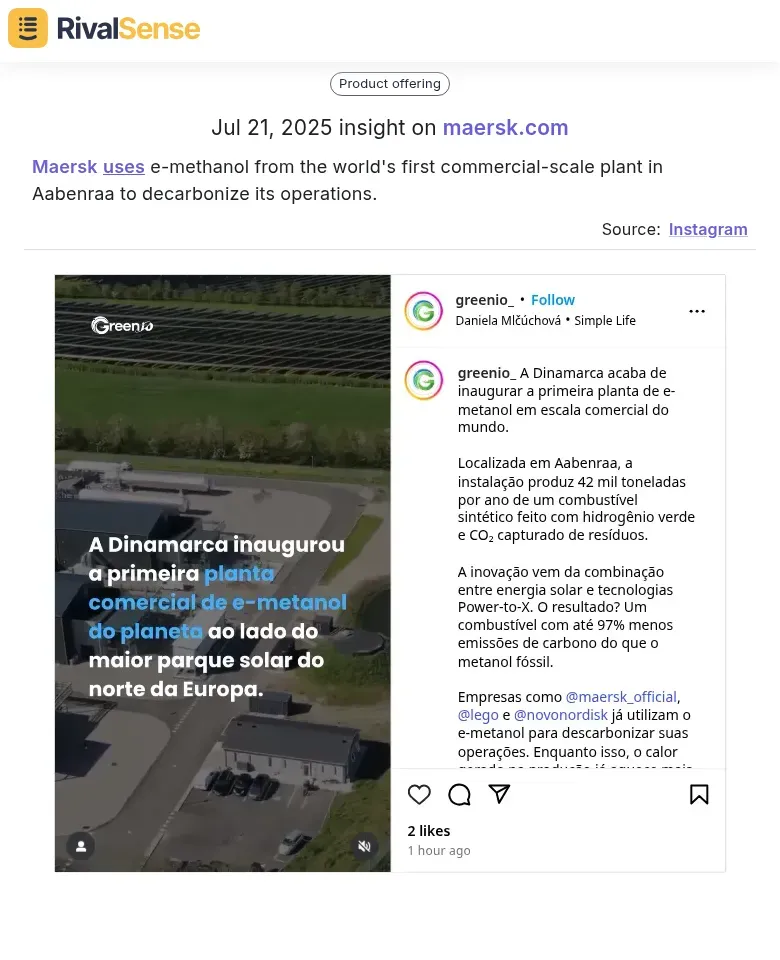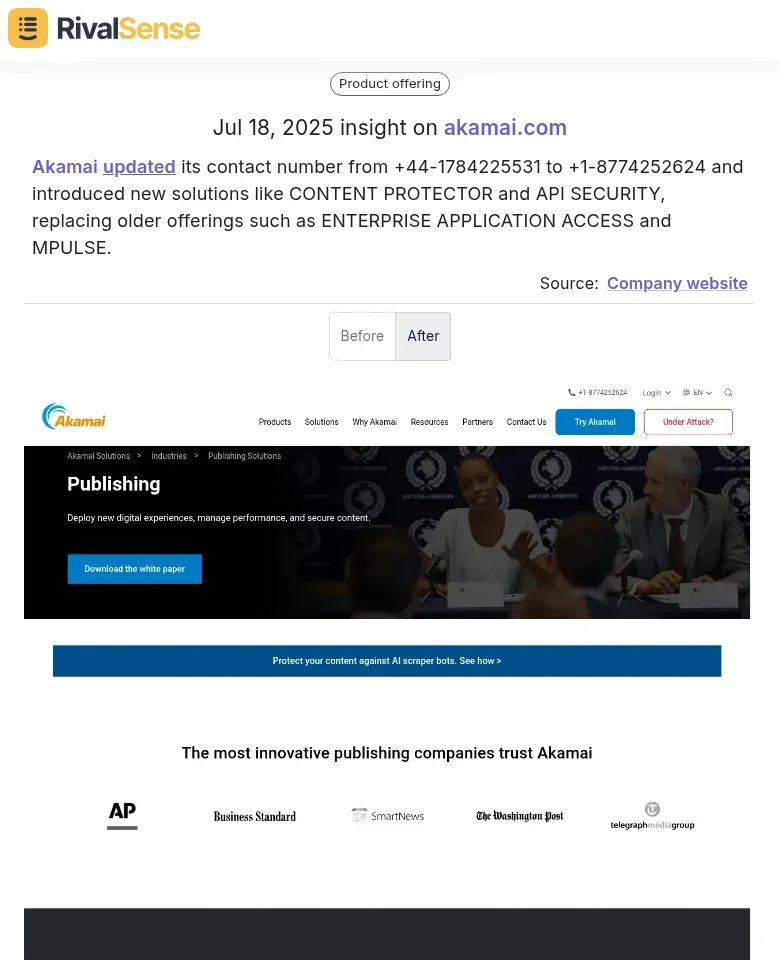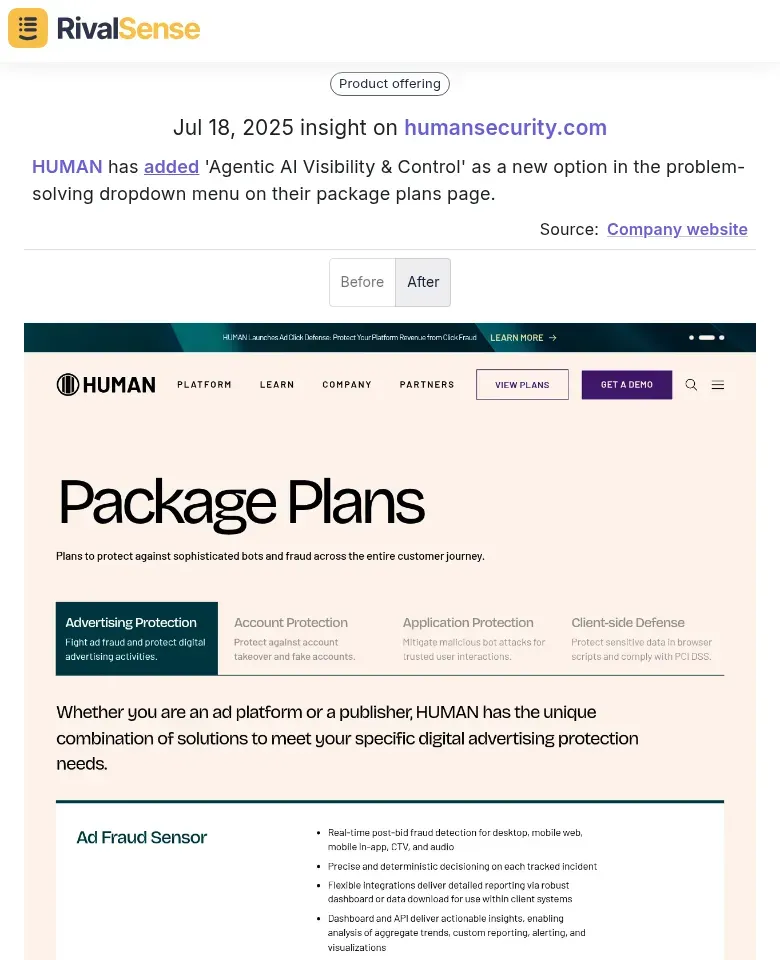5 Actionable Strategies to Analyze Competitor Product Offerings
In today's competitive landscape, analyzing competitor product offerings isn't just beneficial—it's essential for staying ahead. By dissecting what your rivals offer, you gain invaluable insights that can shape your product development, marketing strategies, and overall business direction. This process helps identify market gaps, uncover unmet customer needs, and spot emerging trends before they become mainstream.
Understanding competitors' strengths and weaknesses allows effective differentiation. For example, if competitors lack features customers request, prioritize developing them to capture demand. Similarly, analyzing their pricing and promotional tactics reveals positioning opportunities. Here are foundational steps:
- Identify Key Competitors: List direct/indirect competitors
- Analyze Product Features: Compare USPs and benefits
- Evaluate Pricing: Note tiers and discount structures
- Study Customer Feedback: Mine reviews for pain points
- Monitor Marketing Tactics: Track advertising and social strategies
Leveraging Sustainability Initiatives for Competitive Edge
Sustainability has evolved from a buzzword to a core competitive differentiator in modern business. Consumers and B2B buyers increasingly prioritize eco-conscious partners, making green initiatives a strategic imperative. Analyzing competitors' sustainability approaches reveals industry benchmarks and unmet expectations that could redefine your market position.
For instance, RivalSense recently tracked that Maersk uses e-methanol from the world's first commercial-scale plant in Aabenraa to decarbonize its operations. 
This insight demonstrates how tracking environmental initiatives helps anticipate industry shifts toward circular economies. When competitors invest in green tech, it signals where regulations or customer preferences are heading. Actionable steps:
-
Assess Competitors' Sustainability Integration:
- Examine renewable energy usage or sustainable materials in their supply chain
- Tools like RivalSense automate tracking across product lines
-
Learn from Public Commitments:
- Analyze sustainability reports for measurable goals (e.g., "carbon neutrality by 2030")
- Benchmark against your own targets
-
Identify Strategy Gaps:
- Compare recycling programs or eco-certifications
- Prioritize missing elements in your roadmap
✅ Practical Checklist:
- [ ] Map competitors' sustainability metrics (energy use, waste reduction)
- [ ] Use social listening to gauge customer reactions
- [ ] Attend industry webinars on emerging green trends
Decoding Product and Service Updates for Market Trends
Product launches and discontinuations serve as early-warning systems for market shifts. When competitors overhaul offerings, it often signals strategic pivots toward new technologies or customer segments. Tracking these changes helps anticipate demand fluctuations and avoid costly misalignments with industry trajectories.
Consider how RivalSense detected that Akamai updated its contact number from +44-1784225531 to +1-8774252624 and introduced new solutions like CONTENT PROTECTOR and API SECURITY, replacing older offerings. 
Such service evolution insights reveal rebranding efforts and solution prioritization. Contact changes often indicate market expansion (e.g., shifting to US-centric numbers), while product replacements highlight strategic focus areas. Key tactics:
-
Monitor Launches/Discontinuations:
- Identify patterns (e.g., shift toward cloud-based tools)
- Use automated tracking to catch updates in real-time
-
Analyze Rebranding Signals:
- Evaluate messaging changes during contact/page updates
- Assess how repositioning affects customer perception
-
Benchmark Service Evolution:
- Compare your product lifecycle against competitors'
- Note timing (e.g., fiscal year-end refreshes)
✅ Practical Checklist:
- [ ] Catalog competitor products/services quarterly
- [ ] Document update frequencies
- [ ] Analyze customer reactions to changes
Exploring New Features and Offerings for Innovation Insights
Feature releases provide windows into competitors' R&D priorities and customer pain points. Even minor interface adjustments can reveal larger strategic bets on technologies like AI or security. Systematically analyzing these innovations prevents reactive development and sparks data-driven ideation for your product roadmap.
For example, RivalSense spotted that HUMAN added 'Agentic AI Visibility & Control' as a new option in their package plans dropdown. 
This granular insight shows how tracking UI/UX changes uncovers emerging focus areas. New dropdown options often precede larger product investments, helping you anticipate competitor positioning. Implementation framework:
-
Track Feature Launches:
- Monitor press releases and changelogs
- Identify concentration areas (e.g., security vs. automation)
-
Analyze Positioning:
- Study marketing angles for new features
- Compare against customer requests in your feedback
-
Prioritize Wisely:
- Evaluate:
- Does this solve critical pain points?
- Is there a gap in our offering?
- What's the potential ROI?
- Evaluate:
✅ Practical Checklist:
- [ ] Audit competitor features bi-monthly
- [ ] Mine their user reviews for adoption signals
- [ ] Test competing features via free trials
Analyzing Pricing and Packaging Strategies for Competitive Positioning
Pricing structures silently communicate target audiences and value propositions. When competitors adjust packages, they're often responding to segmented demand or competitive pressures. Decoding these moves helps optimize your monetization strategy for maximum conversion across customer tiers.
Start by mapping competitors' tier structures. Basic packages often target startups while premium tiers serve enterprises with advanced features. Key considerations:
-
Identify Tier Strategies:
- Document included features per pricing level
- Note audience targeting cues (e.g., "for SMBs" vs. "enterprise-grade")
-
Learn from Package Additions:
- Track new features bundled in existing tiers
- Assess market reception through review sentiment
-
Adjust Your Pricing:
- Conduct SWOT analysis against competitor structures
- Test models like pay-as-you-go if competitors lack flexibility
✅ Practical Steps:
- Visualize competitors' pricing matrices
- Survey customers on perceived value gaps
- A/B test package adjustments with pilot groups
- Iterate based on conversion metrics
Implementing Insights into Your Strategy
Turning competitive intelligence into action requires systematic processes, not ad-hoc reactions. The most successful companies institutionalize competitor monitoring through cross-functional workflows. This ensures insights directly influence product development cycles and go-to-market motions.
Build an execution engine with these components:
-
Develop Monitoring Systems:
- Use tools like RivalSense for automated alerts
- Schedule monthly competitive review sessions
-
Analyze Gaps:
- Document competitors' weaknesses relative to your strengths
- Prioritize roadmap items filling unmet needs
-
Test and Iterate:
- Pilot competitor-inspired features with beta groups
- Measure impact on KPIs before full rollout
-
Measure Impact:
- Track customer acquisition cost (CAC) and retention shifts
- Monitor share-of-voice against competitors
✅ Implementation Checklist:
- [ ] Centralize competitor insights in shared dashboards
- [ ] Align product/marketing/sales teams quarterly
- [ ] Establish test cohorts for new strategies
- [ ] Review win/loss reports for competitive patterns
Ready to transform competitor insights into growth? 🚀
Stop manually scouring websites and social media. Try RivalSense free to automatically track:
- Product launches & feature updates
- Pricing/packaging changes
- Sustainability initiatives
- Partnership announcements
Get your first competitor report today and start outmaneuvering rivals: https://rivalsense.co/
📚 Read more
👉 Maersk's Branded Containers Land in Nigeria: Tracking Strategic Milestones
👉 Market Intelligence for Threats: A Practical Guide for Business Leaders
👉 Mastering HR Competitive Threat Monitoring: Frameworks, Templates & Real-World Insights
👉 Turning Competitor Expansions into Opportunities: Lessons from Tokmanni's 271-Item Cosmetics Boost
👉 Advanced Instagram Intelligence: Decoding Competitor Webinar Promotion Tactics
